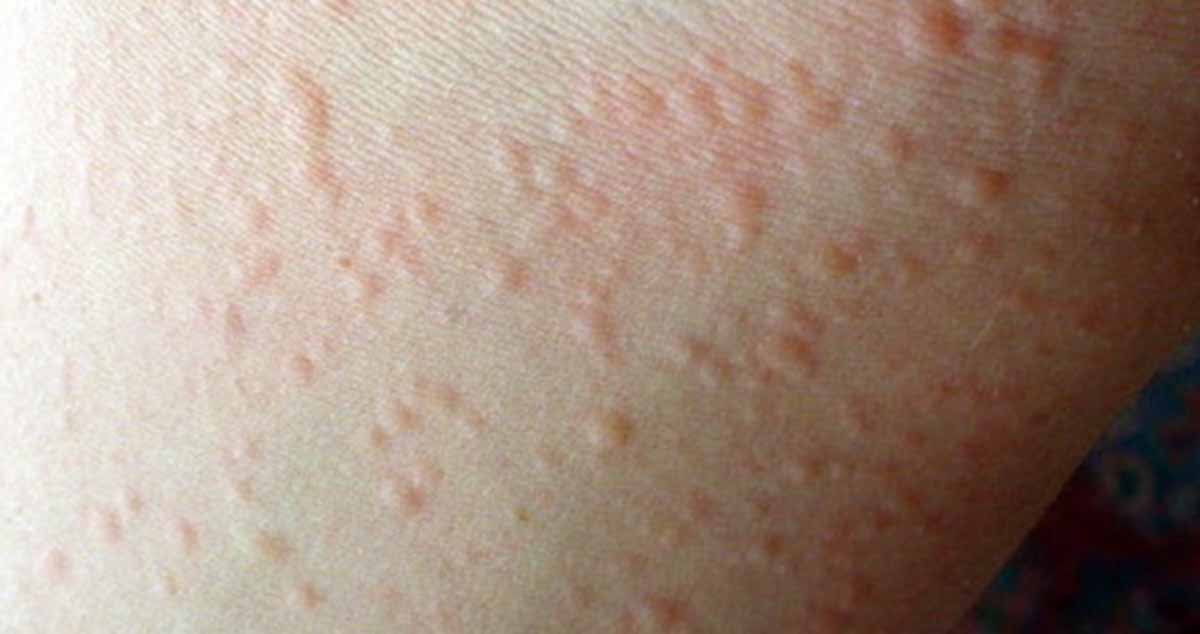According to a case study published in The Journal of Emergency Medicine, a family member found a 34-year-old Colorado man on the floor of his bathroom, covered in hives.
After taking a warm shower, the man — who had a history of allergy to cold — stepped out into the colder air of the bathroom and promptly collapsed. He was rushed to the hospital where he was diagnosed as suffering from anaphylactic shock evidenced by sweating, high pulse rate, and extremely low blood pressure.
He was given two doses of intramuscular epinephrine, started on an epinephrine infusion, and admitted to the intensive care unit for anaphylaxis monitoring.
An “ice cube test”, where an ice cube is placed on the skin for several minutes to determine reactivity, was subsequently administered and confirmed the diagnosis.
Acquired Cold-Induced Urticaria is a rare condition described by the American Academy of Allergy, Asthma & Immunology as a form of “allergy to the cold” in which patients may develop hives and angioedema (swelling) from exposure to cold temperatures or objects. Patients may go on to develop systemic reactions from cold exposure including life-threatening anaphylaxis.
The author of the case study warns that medical providers should be aware of the potential for cold-induced urticaria as it can alter patient guidance and management. The condition can also contribute to otherwise unclear and sudden decompensation (organ failure) in critically ill patients as has been reported in cases induced by cold IV infusions.
- Cold Anaphylaxis: A Case Report — The Journal of Emergency Medicine
- COMING IN FROM THE COLD: PEDIATRIC ACQUIRED COLD-INDUCED URTICARIA — AAAAI





